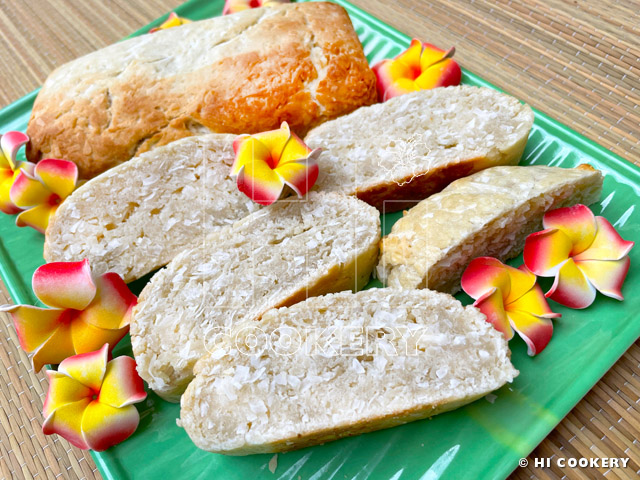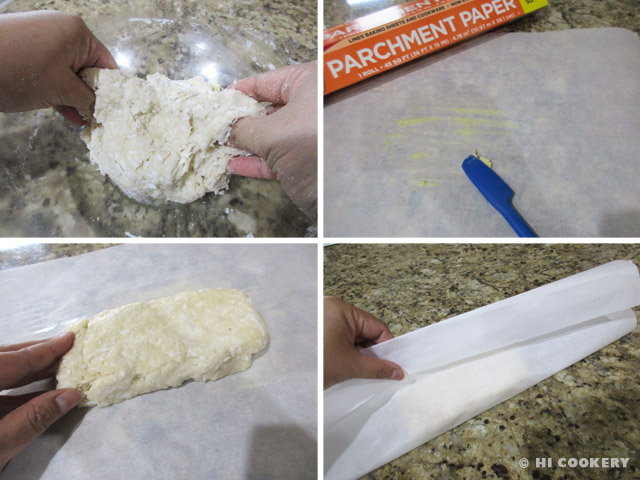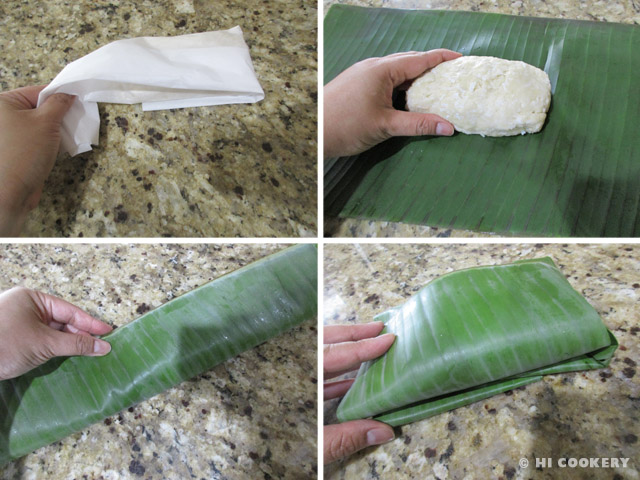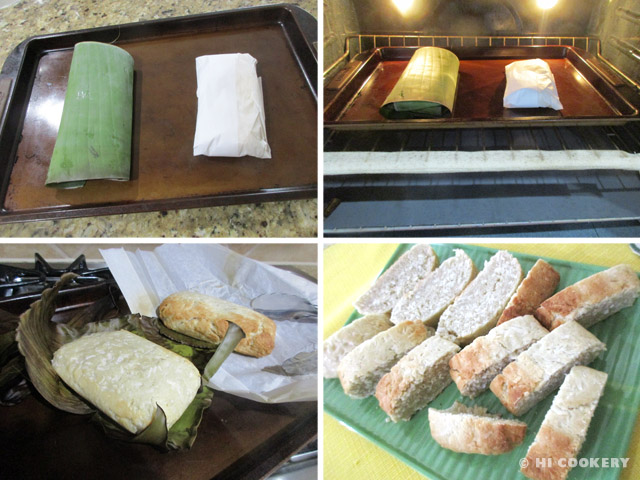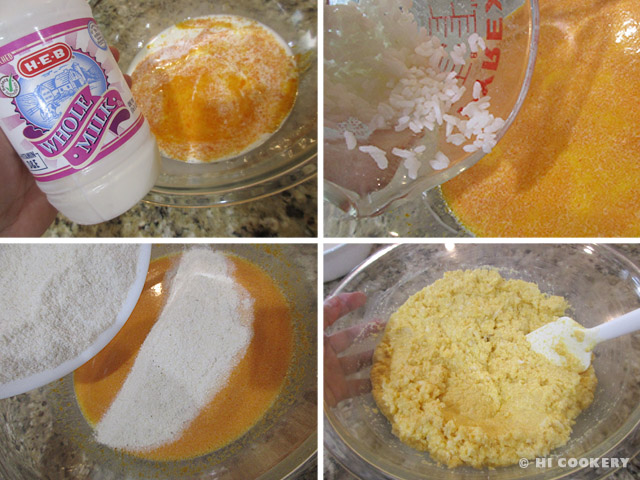Turkey Jook
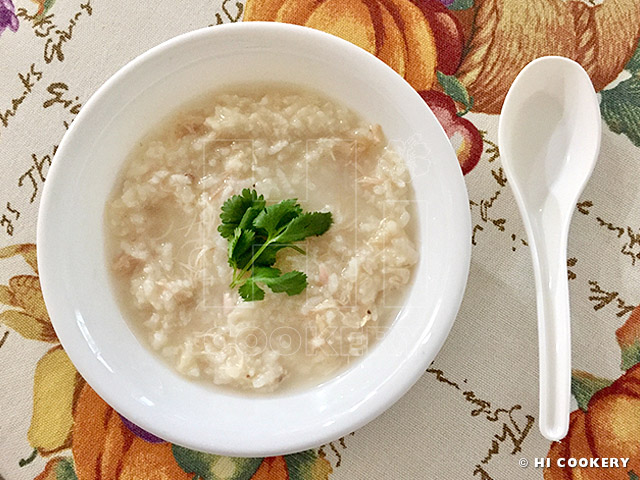
November: Thanksgiving
We are grateful for the grub we are able to have spread out on our table, which is more than enough for just the two of us. We buy the smallest, cheapest whole frozen turkey at the store and cook it, along with several sides and a couple of pies (pumpkin and another fruit flavor). Then we can rest for a few days and not cook because we have tons of leftovers.
While Highlander has turkey sandwiches, it is jook that Islander grew up eating in Hawaii. Her Mommy would make an Asian-style congee/rice porridge using up leftover Thanksgiving turkey or huli huli (rotisserie) chicken. Jook is similar to Filipino arroz caldo. It is heartwarming and filling, especially when the days are getting cooler in the Northern hemisphere.
To God, mahalo for our meals or more! And to our blog readers, thanks for supporting our website. Happy Thanksgiving!
Recipe
(Inspired by Mommy)
Ingredients
- 1-2 cups leftover turkey (or rotisserie chicken), chopped
- 2 tablespoons vegetable oil
- 2 cloves garlic, minced
- 1 cup onion, chopped
- 7-8 cups of chicken broth
- 1 tablespoon fish sauce (optional)
- 1 2-inch piece of ginger, peeled and sliced
- 1 ½ cups rice, uncooked, rinsed and drained
- Salt and white pepper to taste
- Sliced calamansi or lime wedges
Directions
In a large pot, heat the oil. Saute the garlic and onions until fragrant and golden brown.

Pour in the chicken broth and fish sauce (if using). Add the ginger and chicken. Bring to a boil.
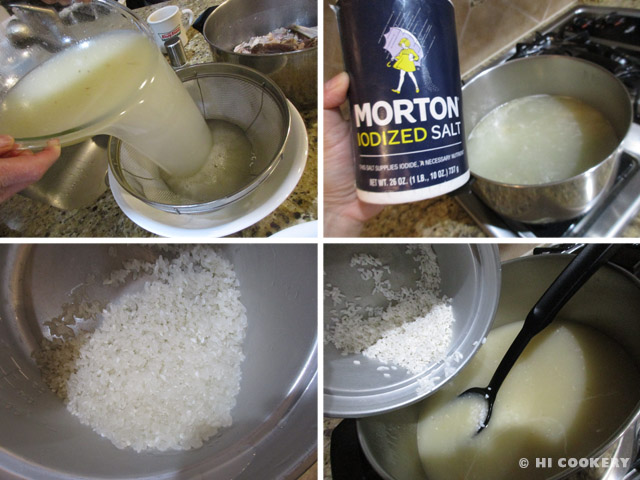
Stir in the rice. Turn down the heat to medium low, cover the pot and simmer for 20-30 minutes or until the rice is soft and cooked, stirring occasionally. The consistency should be thick like a porridge. Add a little more water or chicken broth if a thinner consistency is desired. Season with salt and white pepper to taste. Ladle into bowls. Serve hot with a squeeze of calamansi or lime.

